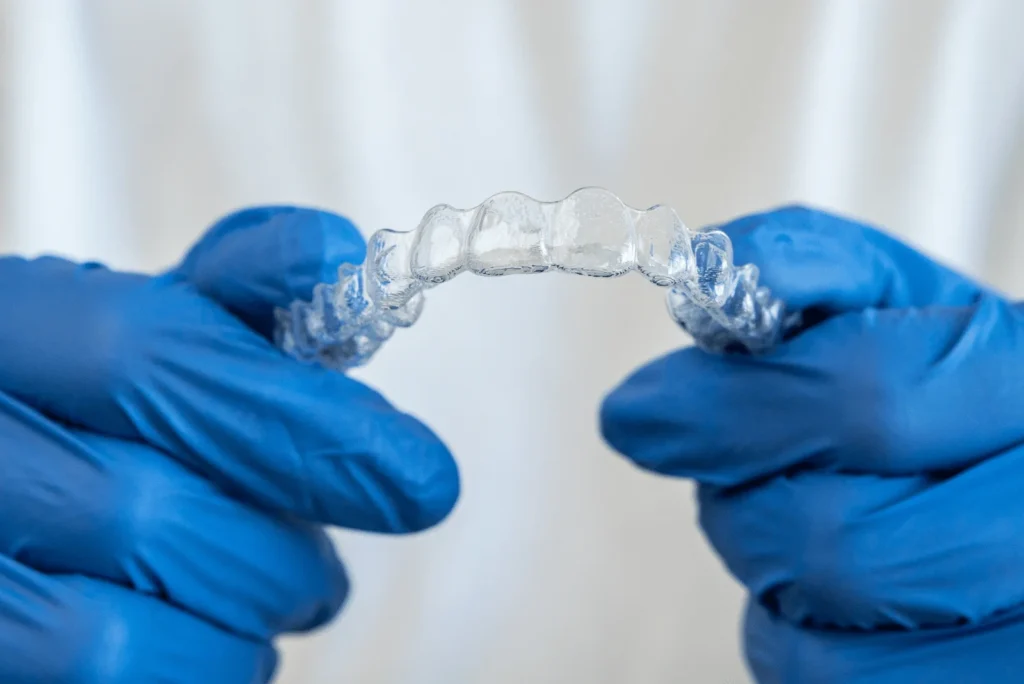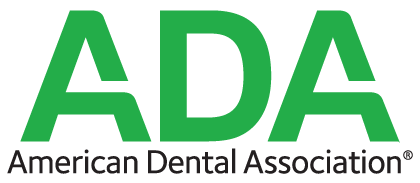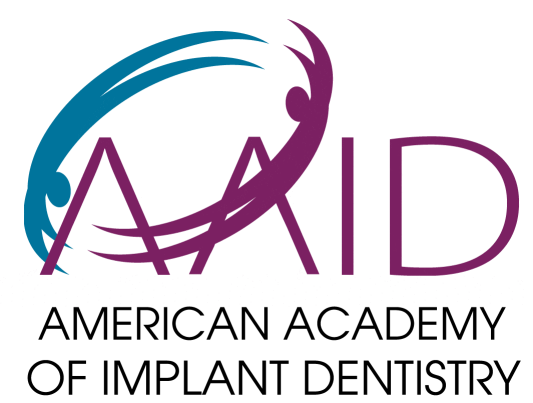Can Invisalign cause headaches is a valid concern we address at Lansdowne Family Dental, as some patients do experience temporary headache symptoms during their clear aligner treatment, particularly when adjusting to new trays. Yes, Invisalign can cause headaches in some patients, but these are typically mild and temporary, occurring for several reasons:
- Tooth movement pressure as aligners gradually shift teeth into new positions
- Jaw muscle tension from adjusting to wearing aligners for 20-22 hours daily
- Bite changes during treatment that temporarily affect jaw positioning
- Stress or clenching while adapting to the new sensation of wearing aligners
- Improper fit if aligners aren’t tracking correctly or need adjustment
Most Invisalign-related headaches resolve within a few days as your mouth adapts to each new set of aligners, and they typically become less frequent as treatment progresses. At our practice, we monitor patients closely for any discomfort and can adjust treatment plans, recommend pain management techniques, or address tracking issues that might contribute to headache symptoms. In this comprehensive guide, we’ll explore why Invisalign sometimes causes headaches, discuss effective relief strategies, identify when headaches might signal treatment issues that need professional attention, and provide expert tips for minimizing discomfort while achieving your beautiful new smile.

Why Do Aligners Sometimes Cause Headaches?
Invisalign functions by using customized plastic trays to gently shift your teeth into an improved position over several months. As your teeth move, this places new pressures on the bones, nerves, muscles, and tissues in your mouth.
For most patients, this realignment process feels like minor pressure or tightness. But for some, it may trigger headaches as the nerves and muscles adjust.
Potential causes of Invisalign-related headaches include:
- Pressure on nerves in the roots of teeth
- Tenderness of the jaw muscles
- Alignment changes affecting TMJ (temporomandibular joint)
- General discomfort from wearing trays 20+ hours a day
- Increased tooth sensitivity
Headaches from Invisalign aligners tend to be most noticeable at the very start of treatment or when advancing to a new set of trays. The good news is that they normally resolve within a few days as your mouth gets used to each tray stage.
Tips to Relieve Invisalign Headaches
If you experience headaches when wearing your Invisalign aligners, try these tips to help find relief:
- Take an over-the-counter oral pain medication like ibuprofen
- Apply a warm compress to tense facial and jaw muscles
- Massage temples, jaws, and neck to encourage muscle relaxation
- Practice stress-reducing techniques like yoga or meditation
- Stay hydrated and get enough sleep each night
Additionally, be sure to closely follow all Invisalign instructions from our Lansdowne Family Dental team to allow your teeth, bones, and soft tissues time to adjust properly:
- Wear aligners 20-22 hours daily
- Only switch to new aligner trays as directed
- Never “jump ahead” tray stages
Carefully following the treatment plan minimizes discomfort overall and with each new set of aligners.
| Duration | Invisalign Headache Relief Tips |
| First 48 hours | Take over-the-counter oral pain medication as needed |
| Ongoing | Use warm compresses and massage tense areas |
| Daily | Stay hydrated and get enough sleep nightly |
| Full treatment | Follow all instructions from your dental team |
- Take oral pain relievers as needed, especially in the first 1-2 days with new trays
- Apply warmth and massage muscles to calm the nerves
- Support your body through proper sleep and hydration
- Stick closely to all directions from your orthodontist
Adjusting Invisalign Treatment for Headaches
If you follow all the steps above but still struggle with recurring headaches while wearing aligners, consult your treating dentist or orthodontist right away.
At your appointment, we can:
- Evaluate for any issues with the fit or position of your current aligners
- Assess if tray changes are happening too rapidly for your mouth’s comfort
- Update your treatment plan timeline as needed for an extended adjustment period
- Offer tailored home care tips to minimize discomfort
- Determine if aligners should be worn slightly fewer hours per day
There are also specialized Aligners First prescription-strength pain relievers containing acetaminophen available that your dental provider may recommend as a temporary supplement if over-the-counter options aren’t fully effective.
The goal is to keep you as relaxed and comfortable as possible throughout realignment. Be sure to inform our team of any ongoing issues so we can make adjustments personalized for your unique needs.
Takeaways
Can Invisalign cause headaches? For a minority of patients, yes – generally at the start of treatment stages as the teeth shift. Thankfully headaches are usually temporary and manageable with the right care tips.
If you follow recommendations but still struggle with recurring headache pain from your aligners, promptly consult your treating orthodontist or dentist. We can reassess your situation to minimize discomfort and keep your treatment progressing positively.
At Lansdowne Family Dental, we work as your partners in care – updating your Invisalign plan as needed for optimal comfort on the journey to an improved smile. Contact us with any questions!






